Northern Ireland: Safeguarding Northern Ireland's wildlife & habitats
Learn how RSPB works with Northern Ireland's government to safeguard their diverse wildlife and natural habitats.
%20(1).jpg)
On this page
Northern Ireland
Northern Ireland is home to all sorts of wonderful wildlife, from lolloping Irish Hares to soaring Red Kites, not to mention stunning scenery as far as the eye can see. We’re working hard to make sure that the nature that calls Northern Ireland home is restored and protected for generations to come.
We’re safeguarding wildlife at our reserves, working with farmers to ensure a sustainable food supply that works in harmony with nature, and we’re pushing our government to make looking after our environment a legal must. Read on to find out more about what we’re up to.
Read the 2022-2023 annual report for updates on our efforts in Northern Ireland
Download a copy of our Annual Report for an in-depth look at our year of saving nature in the UK and around the world. From the wonder of Wild Isles to why we won a UN award for our work in Kazakhstan, you’ll find it all in this year’s Report.
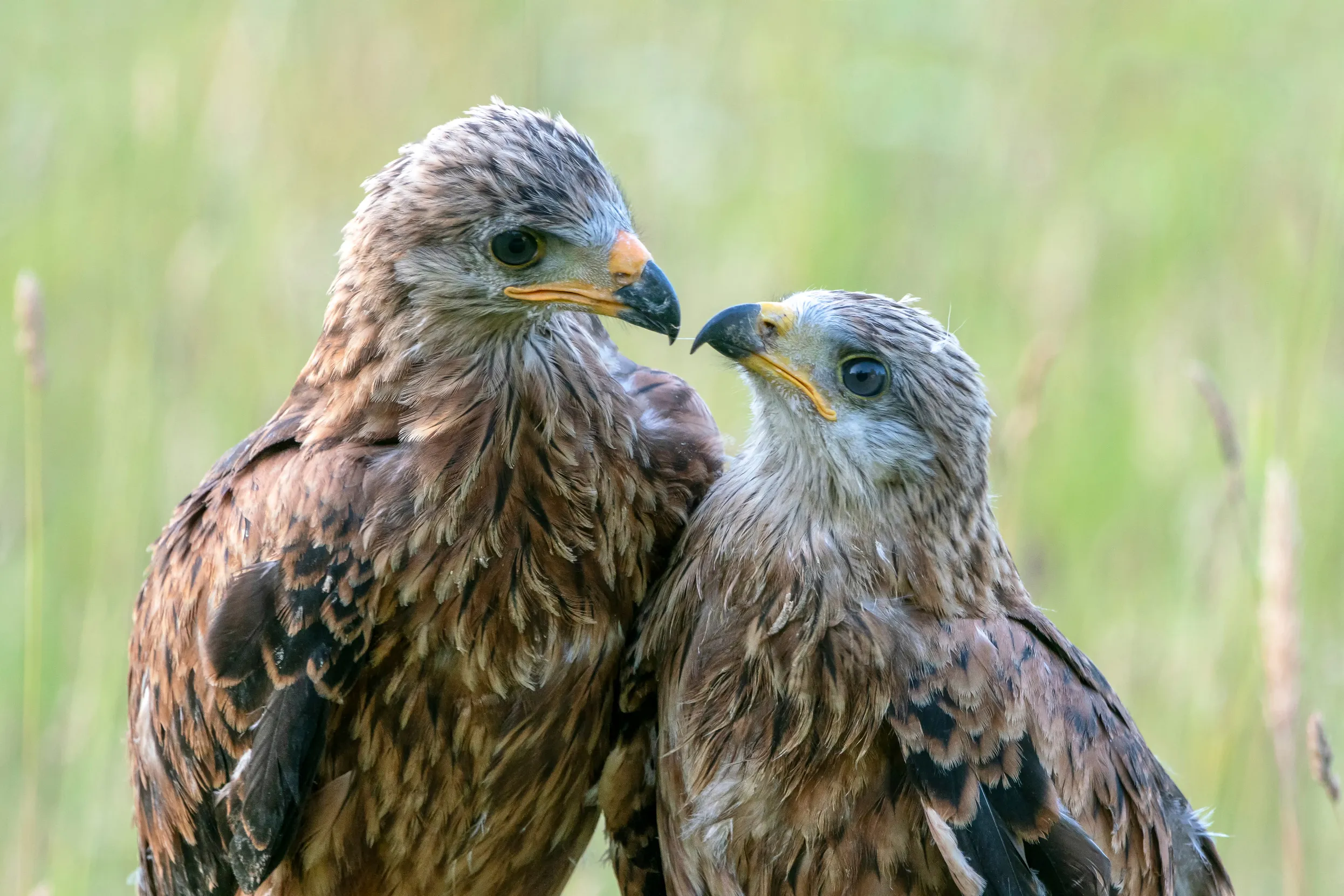
Our work with government
RSPB Northern Ireland works across a range of policy areas and has a team of staff dedicated to understanding the specific threats facing our wildlife and habitats. We work with policymakers from across the political spectrum to convince them of the importance of protecting and enhancing nature. We also work with those who have the capacity to bring about positive change to deliver the best environmental outcomes for wildlife, local communities and the economy.
This decade could not be more important. It will take us through to 2030, when many nature and climate targets are due to be met. It's a once-in-a-generation opportunity to set Northern Ireland on the path to becoming a world leader in tackling the nature and climate crises, recovering species and delivering a greener future for everyone. To do this, we need the NI Assembly to commit to:
- More robust environmental governance in Northern Ireland by establishing an independent Environmental Protection Agency
- Providing adequate funding and support for nature friendly farming
- Legislating to tackle the nature crisis and to fast-track nature’s recovery
- Delivering an ambitious peatland strategy and to undertake an extensive programme of peatland restoration across Northern Ireland
- Ensuring that climate action prioritises investment in nature-based solutions and expanding renewable energy infrastructure in harmony with nature
- Mandating and funding the improved protection of sites and species
- Creating new protected areas so that at least 30% of land and 30% of sea is protected and well managed for nature by 2030
- Delivering an ambitious seabird conservation strategy

Take action
Together, let's give nature a home
We work throughout Northern Ireland and all over the rest of the UK to give nature a home. But we couldn't do it without you. Will you give us your support? Each member gets:
- Unlimited entry to more than 170 UK nature reserves across the UK
- The RSPB Magazine and Nature’s Voice magazine every quarter
- A welcome pack to help you make the most of your membership
Become an RSPB member. Your membership helps us save nature and protect wild places.
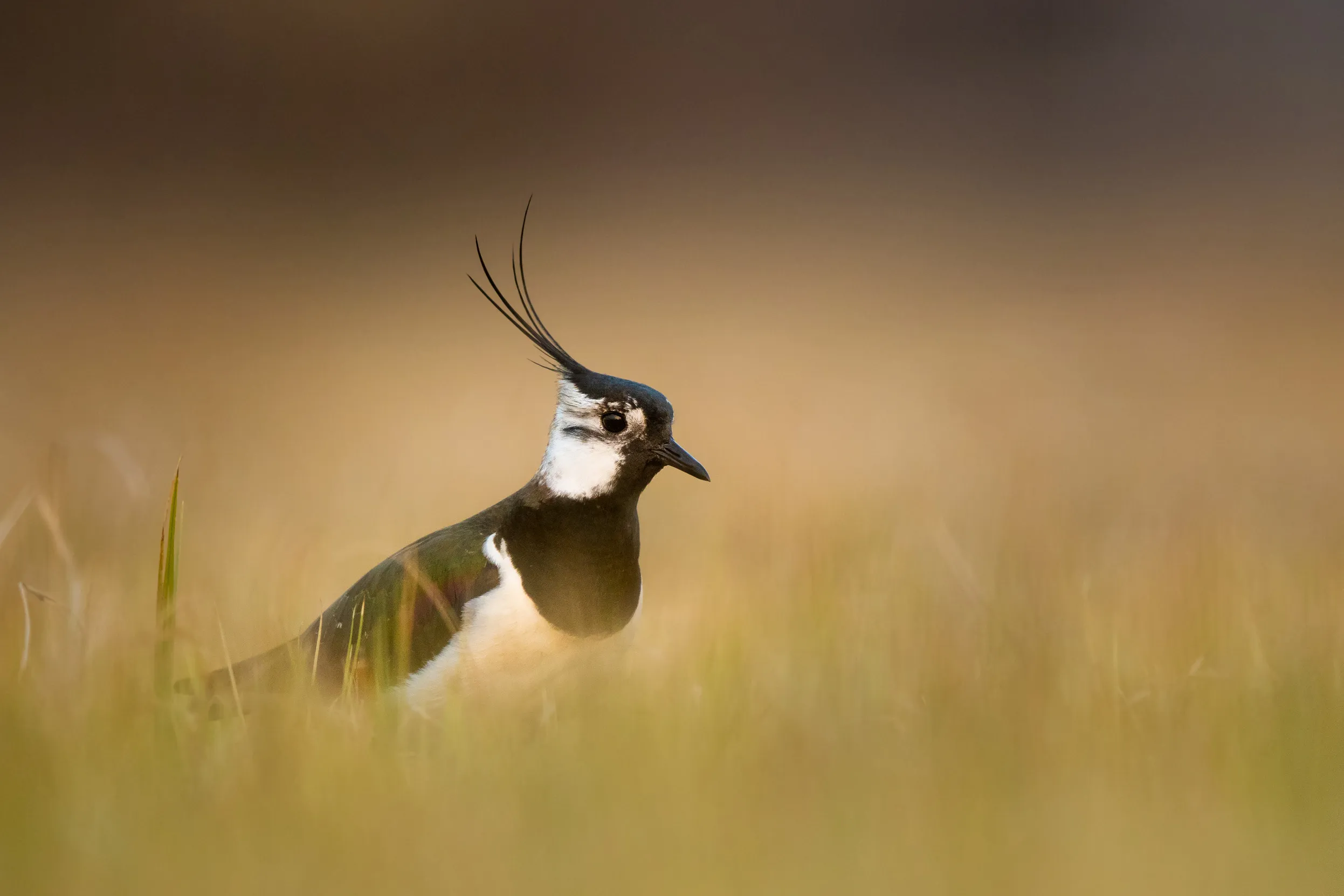
Conservation
Northern Ireland covers nearly 5,500 square miles and is home to a diverse range of species. With approximately 400 miles of coastline, Northern Ireland is hugely important for populations of waterfowl and seabird species. This is especially true in winter, when a huge influx of northern species arrives for the colder months. Around half of all Northern Ireland’s biodiversity is found in its seas. Currently, we’re working hard to secure the introduction of new Marine Conservation Zones (MCZs) in Northern Ireland to ensure even more protection for this vital habitat.
Other key habitats include large areas of wet grasslands, particularly around Lough Neagh – the largest freshwater lake in the British Isles. Significant peatland areas can also be found in the uplands of Counties Antrim, Tyrone and Fermanagh.

Conservation challenges
Despite its richness for wildlife, it’s not always plain sailing for nature in Northern Ireland. Here are the main challenges that we face:
Changes in land management:
Agriculture is the dominant land use in the country and much of our conservation work concentrates on efforts to halt the decline in farmland bird populations.
Our seas are in deep trouble:
Seabirds sit at the top of a marine food chain that is under serious pressure. Many are starving and failing to raise young because they simply cannot find enough food in the sea.

Unique operating environment:
The legacy of decades of political instability continues in Northern Ireland. As a result, nature is often not high on the political agenda.
What are we doing to help?
We work in partnership with local people all over Northern Ireland, including schoolchildren, farmers, community groups and government officials. We own and manage nature reserves, run educational programmes, carry out scientific research, provide advice to a wide variety of people and organisations.
Our small Conservation Science team, supported by volunteer field workers, is instrumental in gathering and analysing data on how birds are faring in Northern Ireland. As a science-based organisation, this kind of evidence is crucial in determining where our priorities for saving nature lie.
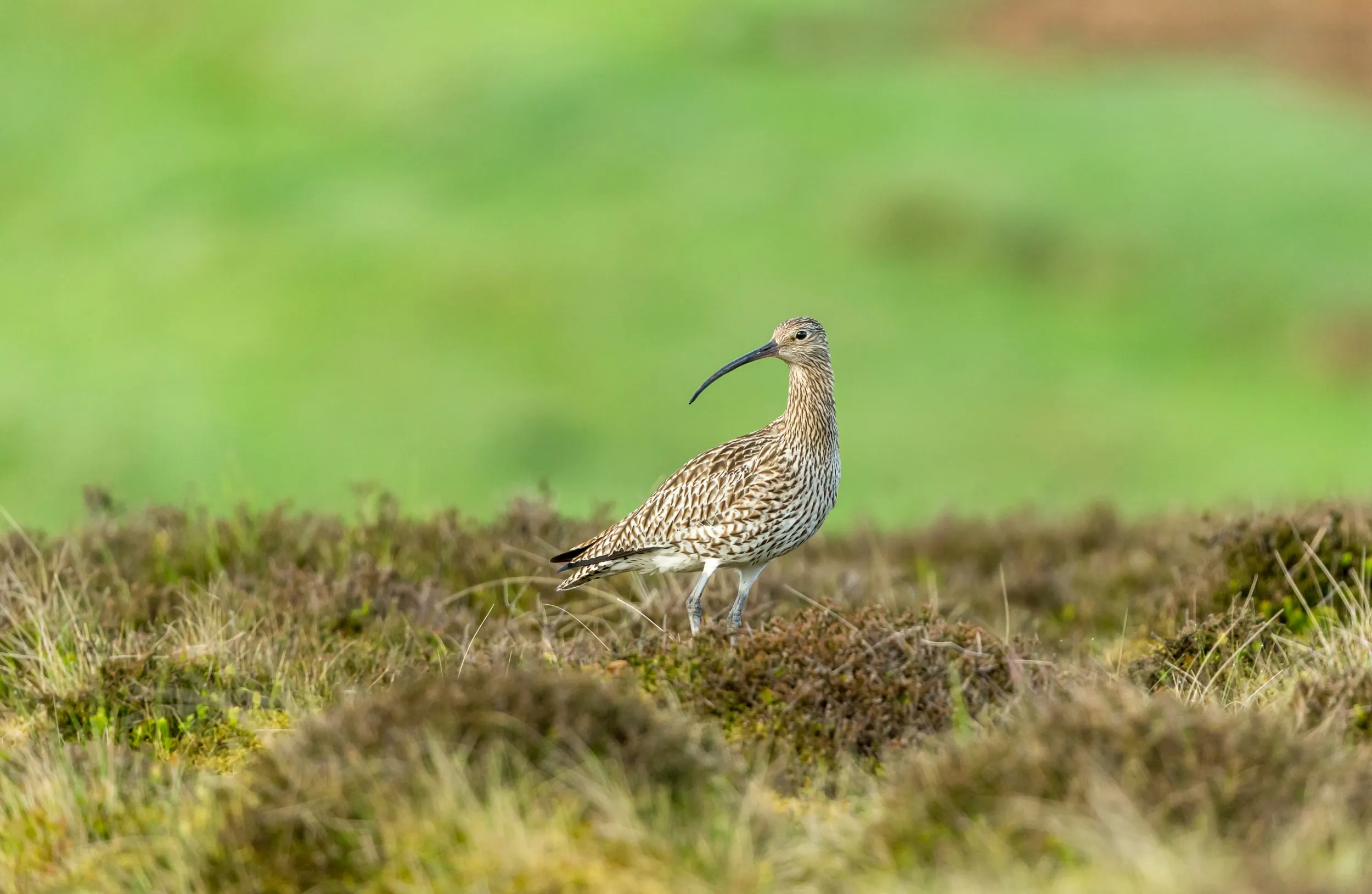
Farming
Farming is vital for Northern Ireland’s economy, environment and people. We all depend on farmers’ ability to produce food. The challenge is how to combine farming that can sustain livelihoods and meet the growing demand for food, with sustainable, wildlife-friendly methods.
Agriculture can be good or bad for the environment, depending on the land management. For example, the soil on a farm can be managed so that it stores, filters and recycles carbon, rainwater and nutrients, or so that it erodes, loses fertility or compacts, losing its value.
We believe that we can develop agricultural and trade systems that meet our need for food without reducing the benefits of farming. Habitat loss remains the single biggest contributing factor to wildlife declines in Northern Ireland. This is compounded by the fact that funding for agri-environment schemes has declined significantly in recent years, giving farmers less opportunity to farm sustainably.

Working together
We work together closely with over 400 farmers and land managers to find ways to balance the needs of farming and wildlife. Our advisory work is concentrated in core areas across Northern Ireland, including east County Down where we are continuing to work with farmers to help Yellowhammers and other priority farmland birds.
In our wet grassland areas, we work with farmers around Lough Beg and Lough Erne, and up in the Antrim Hills on habitat management for Curlews, Lapwings, Snipe and Redshanks – our breeding waders that are dependent on farmland for their survival. We have an advisory team working with landowners on the polder land around Lough Foyle, which is home to a healthy population of Lapwings and other important farmland birds.
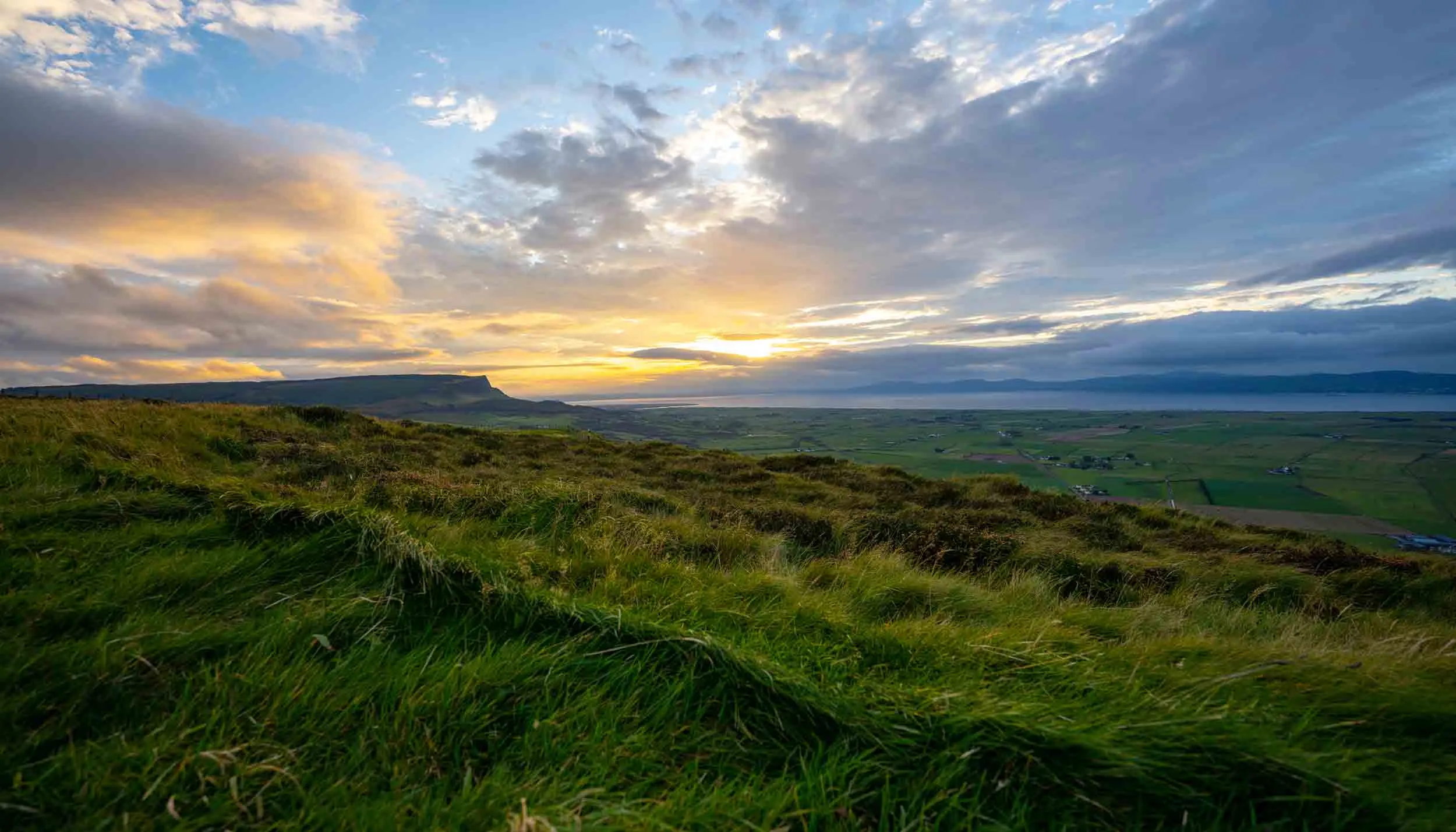
Reserves
We have nature reserves across Northern Ireland, on the coast, in the mountains and right next to our capital city. At all of these sites, we manage the land to benefit nature, whether that means digging ditches for dragonflies or planting nettles to make homes for Corncrakes. We also love seeing local people getting outdoors at our public reserves, where they can enjoy the wonderful scenery and wildlife on their doorstep.

Fancy paying us a visit? Lough Foyle’s sweeping stretch of estuary mud and sandflats is the place to see wading birds and wildfowl in their element. Look out for the dramatic display flight of Lapwings over the fields in spring. If spotting seabirds is what you’re after, head to Rathlin Island for Puffins, Guillemots and Razorbills galore. Keep an eye out for seals as you scan the moody Atlantic Ocean and the horizon beyond. For views across the mountains, don’t miss a chance to visit our Aghatirourke reserve in the Cuilcagh Mountain World Geopark. Here, you can explore a precious upland habitat of grassland and heathland while watching out for Hen Harriers and Peregrines hunting overhead.
Nestled in the heart of the Belfast Harbour Estate, Belfast Window on Wildlife is home to birds and wildlife from all over the world, and you can get up close and personal with them from the comfort of the visitor centre. Portmore Lough is a great day out at any time of year. In summer, the hay meadows buzz with insects, while in the winter Greylag Geese, Whooper Swans and thousands of ducks can be seen from the hide. Nearby, visit Montiaghs Moss, where you can tread the boardwalk and mown pathways along this tranquil 1,100m trail, which weaves through still pools and swathes of heather.
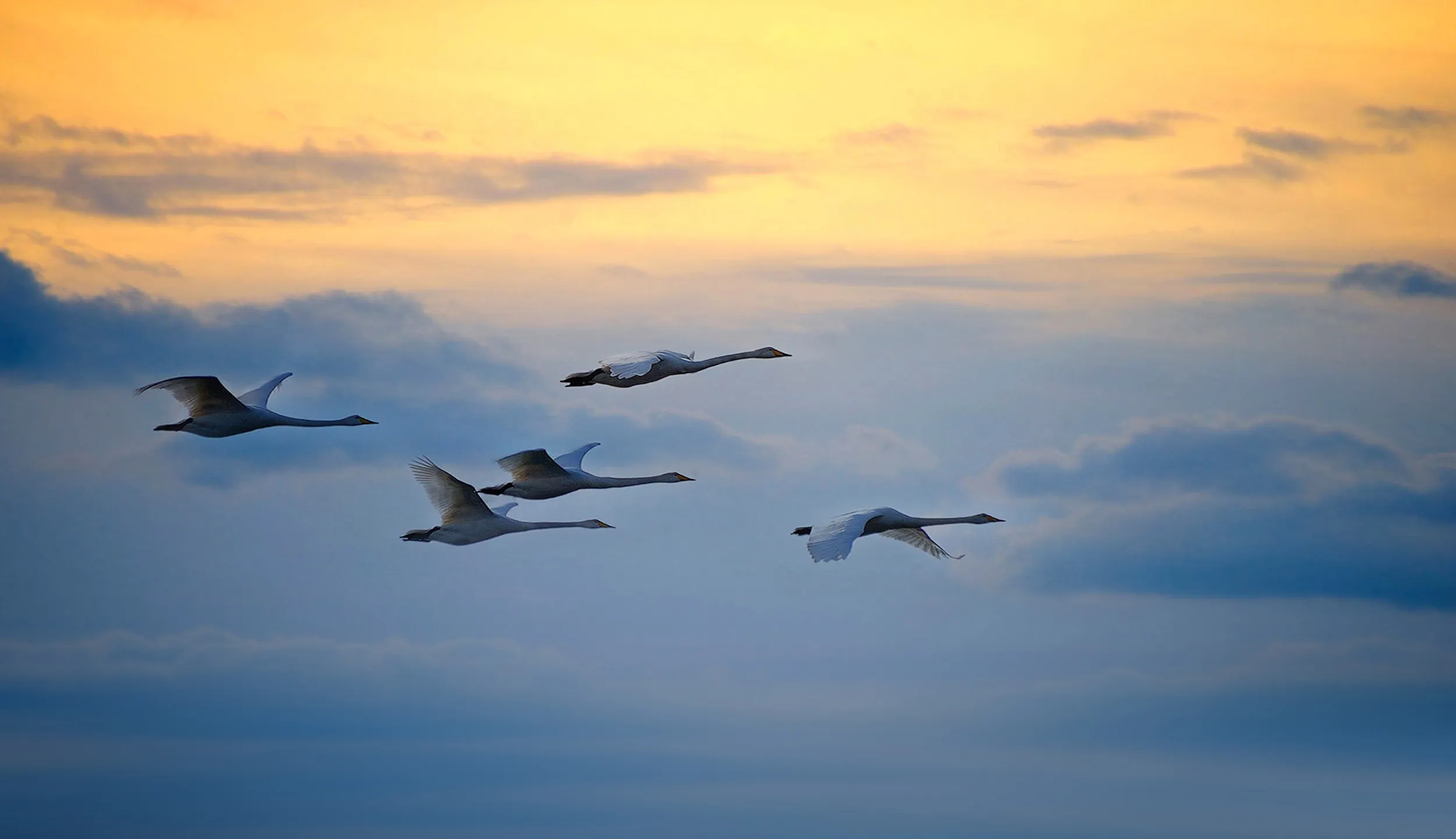
We also host an array of activities and events at our reserves, whether you’re after a scenic ramble, a bit of wildlife spotting or a bug hunt with the kids – there’s something for everyone.
As well as our own nature reserves, we also lease and manage hundreds of hectares by agreement with landowners and teams on the ground providing advice to help others manage their land in a nature-friendly way.